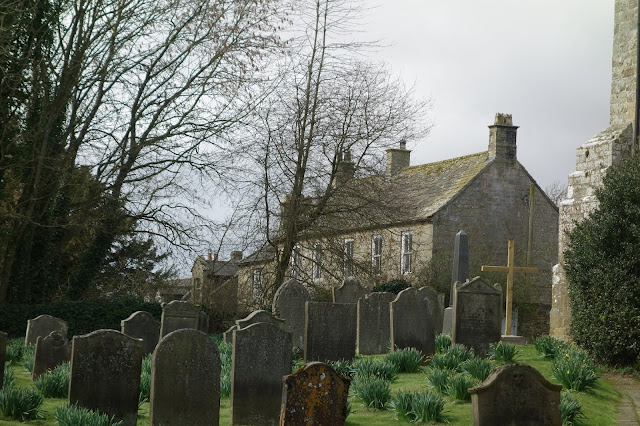What sets Felling Social Club apart from other defunct clubs in the Felling area is this
pic of a cleared site
It's the only club to be demolished, rather than being put to another use.
Just as some of Holly Hill's comfortable accommodation was converted to a Catholic Club
Heworth Hall's comfortable accommodation converted to a Conservative Club and later acquired by Aspire to be converted into a computer company's accommodation. Felling Gate club was converted into a Theatre School
pic of a cleared site
It's the only club to be demolished, rather than being put to another use.
Just as some of Holly Hill's comfortable accommodation was converted to a Catholic Club
(St Patrick's Knights of St. Columba Club)...and later, in 1989, split from the church to become
Holly Hill Sports and Social Club, so too was..Heworth Hall's comfortable accommodation converted to a Conservative Club and later acquired by Aspire to be converted into a computer company's accommodation. Felling Gate club was converted into a Theatre School
Windy Nook Club was converted into an Hotel
When in 1911 Robert Bagley fell out with Felling Social Club and created Collingwood Working Mens Social and Recreation Club and Institute that venture only lasted 2 years but the premises, Collingwood Building, still exist as commercial offices and apartments
The building occupied by Wealcroft Club, opened in 1979, was eventually demolished but by then it had become The Willows pub
So why wasn't Felling Social Club building put to another use. Was it demolished because of its value as a development site plus the sale of all the recycled stone?
Felling
Social Club began life at 18 Gosforth Street..that's where the lamp
post is.
Isn't it ironic...that
building is still with us!!




















